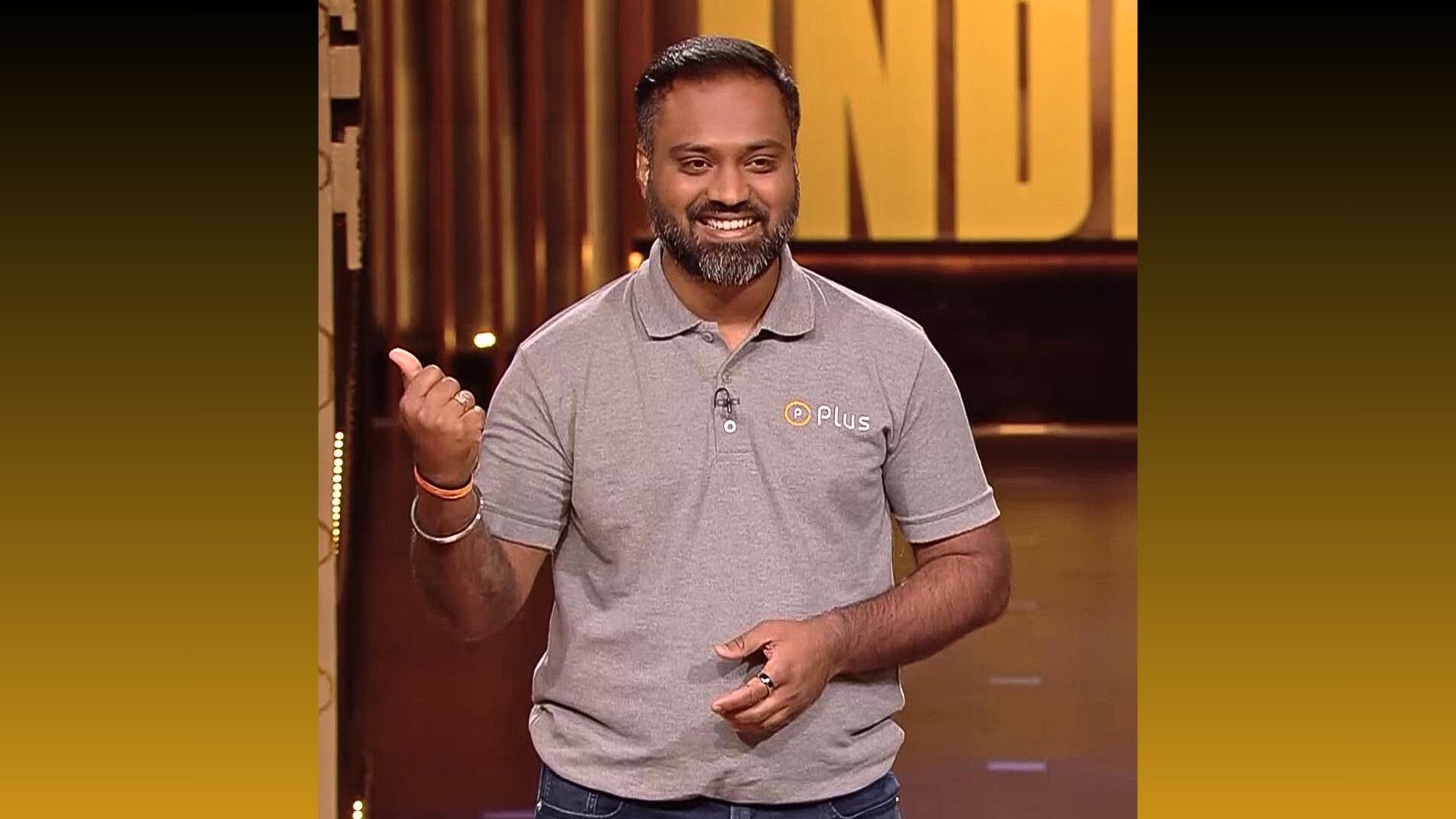
The race is on among tech giants like Google and OpenAI to refine the output of their AI-powered chatbots. Leveraging advancements in AI, machine learning, and data analytics, they are continuously optimizing their language models to generate more sophisticated and useful responses.
OpenAI’s Breakthrough in Language Model Training
OpenAI, with the backing of Microsoft, has recently announced a significant breakthrough in this endeavor. They have successfully trained strong language models to produce text that is not only accurate but also easily verifiable by weaker language models. Interestingly, this approach has also resulted in text that is more readily understood by humans.
OpenAI’s Motivation
OpenAI emphasizes that the production of understandable text by language models is pivotal in making them genuinely helpful, particularly when tackling complex tasks like solving mathematical problems.
The Challenge of Highly Optimized Solutions
OpenAI discovered that their AI models, while generating factually correct answers, often produced text that was difficult to comprehend. In their own words, “When we asked human evaluators with limited time to assess these highly optimized solutions, they made nearly twice as many errors compared to when they evaluated less optimized solutions.” This underscores the importance of not only correctness but also clarity and ease of verification in AI-generated text.
How OpenAI Addressed the Problem
OpenAI tackled this issue by training advanced language models to generate text that could be easily verified by weaker models. This approach, dubbed “improving legibility,” also led to text that was more easily evaluated by humans.
The Prover-Verifier Game
The key to OpenAI’s success lies in their use of a ‘prover-verifier game.’ In this game, one language model (the “prover”) generates a solution, while another (the “verifier”) checks its accuracy. This training method draws inspiration from the Prover-Verifier Game, a framework used to incentivize learning agents to solve problems in a verifiable manner.
OpenAI’s training scheme specifically involved a strong model producing solutions that could be effortlessly verified by a much weaker model. Notably, both the strong and weak models were members of the GPT-4 family.


















